You’ve built a great product. Maybe even have some users, revenue, or press. But you’re not getting investor replies. Or when you do, it’s a polite “pass”.
More often than not, the issue isn’t your traction. It’s your deck.
Your deck isn’t just a visual aid. It’s your pitch when you’re not in the room. It’s the first impression many investors will get. And it needs to answer the right questions. Here are 7 key questions investors are silently asking when they read your deck. If your slides don’t answer them, you’re likely losing the room.
1. What Problem Are You Solving, and For Whom?
Investors are not funding vague ambition. They’re funding clear, urgent problems and people obsessed with solving them. Don’t just say “access to education in Africa is broken” or “SMEs struggle to get funding.” That’s too broad. Zoom in:
- Who exactly has the problem?
- What is their current pain?
- Why is it worth solving right now?
Weak: “Many Africans are unbanked.”
Strong: “75% of Nigerian SMEs are rejected by banks. Most rely on informal lenders with >10% monthly interest.”
Make it real. Make it quantifiable. Make us care.
2. Why Now? What’s Changed in the Market?
Timing is underrated. The same idea can flop in 2017 and take off in 2024 because the ecosystem, infrastructure, or customer readiness has changed.
This is your chance to show:
- A market shift
- Regulatory tailwind
- Infrastructure improvement
- Consumer behavior evolution
📌 Example: “Before 2021, APIs for cross-border remittance were fragmented. But with the launch of [API X] and open banking rules, the stack is finally usable.”
Great founders don’t just build cool stuff. They ride waves.
3. How Are You Solving It, and Why Is This the Best Approach?
This is your product slide, but it’s not just “look at our features”. It’s why your approach is the best way to solve the problem you just described.
Ask yourself:
- What’s your unique insight?
- Why this model (B2B vs B2C)?
- What alternatives did you rule out?
- Is this 10x better than the status quo?
Avoid jargon. Use visuals, screenshots, and short workflows. Walk us through a user journey or a before vs after.
📌 Example: “Before XYZ, an exporter waited 90 days for payment. Now, we settle in 48 hours, with zero collateral.”
4. How Big Can This Get?
The problem might be real, but if the market is too small, most VCs can’t back it.
Don’t just quote a $500B global TAM (Total Addressable Market). Show practical, bottom-up maths:
- Start with your target customer
- Multiply by real-world pricing
- Layer in expansion plans (geos, verticals, products)
📌 Example:
“We charge $60/month per warehouse. There are 12,000 mid-size warehouses across Kenya, Uganda, and Nigeria. That’s an $8.6M/year starting wedge. With product expansion to logistics and payments, this grows to $40M+ ARR potential.”
Show ambition with realism.
5. Why You? Why This Team?
This might be one of the most important slides for African founders, especially for first-time founders.
VCs bet on people. So don’t just list bios. Instead:
- Show founder-market fit
- Show skin in the game
- Show unique networks or insights
📌 Example: “Tunde was Head of Ops at Flutterwave and led their Francophone market expansion. Mariam built two retail credit products and scaled a microfinance team to 80K borrowers.”
Even if you haven’t exited before, what have you done that shows you’re the one to crack this?
6. What Traction Proves You’re on the Right Track?
Traction ≠ revenue alone. It could be:
- User growth
- Waitlist signups
- B2B pilots
- Partnerships
- Retention metrics
- Community pull
Pick metrics that show momentum and belief.
📌 Example:
“In 4 months:
- 6,100 signups
- 1,200 active weekly users
- 2 enterprise clients with $18K ACV
- 3 MoUs signed for pilot in 2025”
Avoid vanity metrics. Focus on proof points that show people want what you’re building.
7. What’s the Ask, and Why Now?
Don’t end vague. Be clear:
- How much are you raising?
- What will it be used for?
- What will it unlock?
VCs need to see how this round gets you to the next milestone. That could be:
- Product-market fit
- 10x growth
- Revenue inflection
- Next fundable milestone
Example:
“We’re raising $800K to expand into Francophone Africa, hire 3 engineers, and reach $50K MRR by Q3 2025. This sets us up for a strong Series A by early 2026.”
End with clarity and purpose.
Final Thoughts: Your Deck is a Narrative, Not Just Slides
The best decks tell a story. A founder with a big, urgent problem, a fresh solution, and the right insight to pull it off.
If you’ve been getting “passes” or silence, revisit your deck. Ask: does this answer all 7 questions clearly?
And if you need help turning your deck into an investor-ready asset—with version control, warm intro tools, and real-time engagement data—you already know what to do.




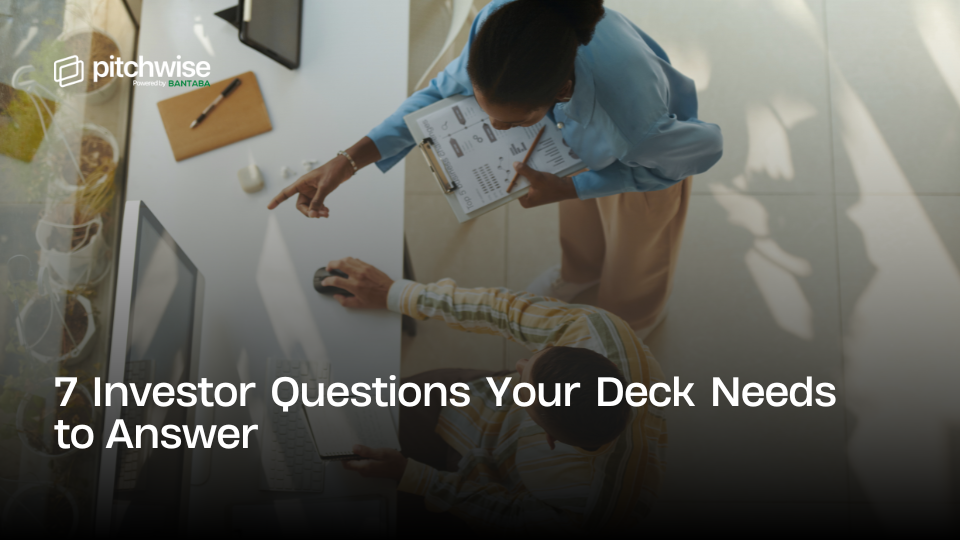







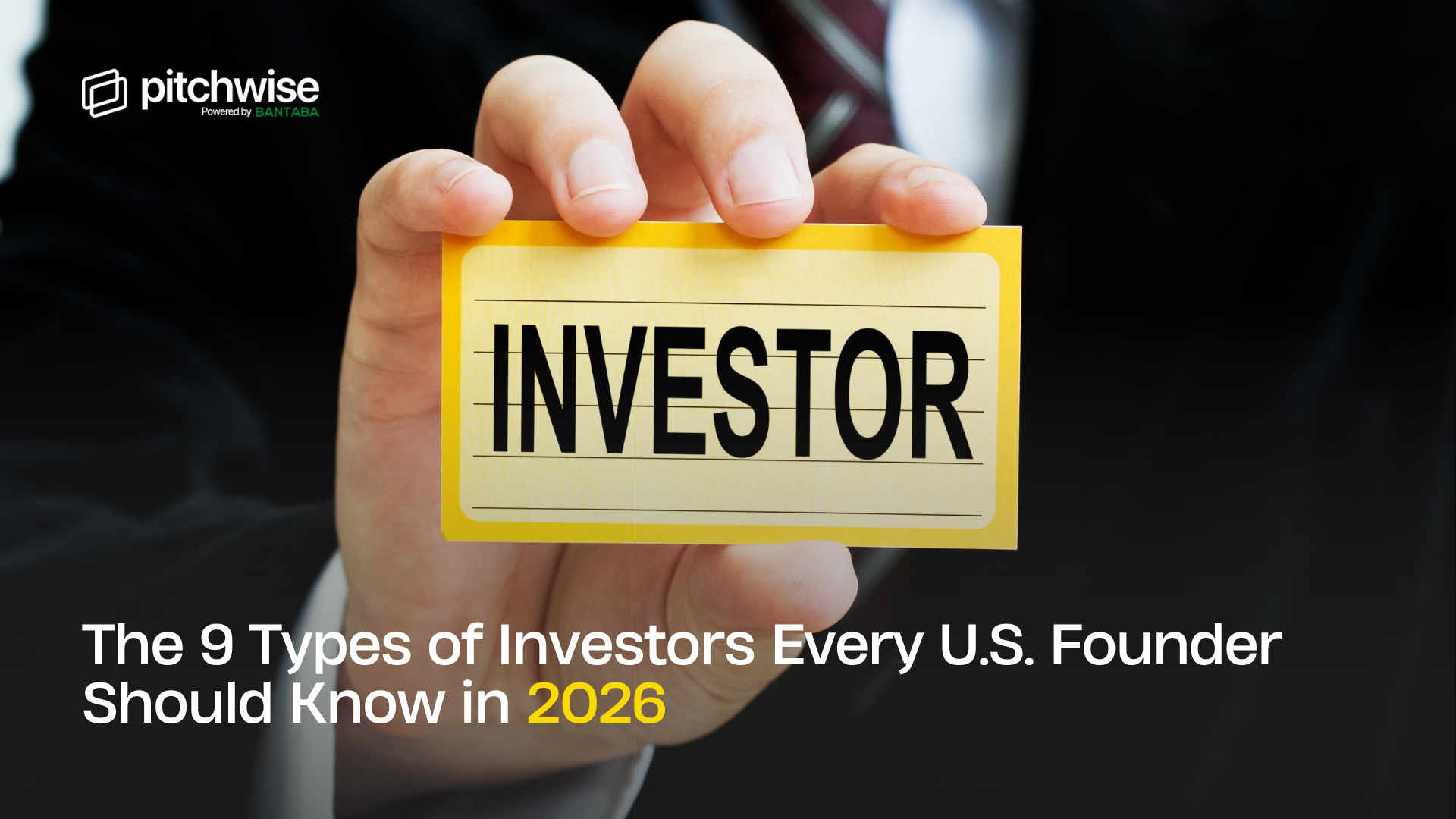


.png)


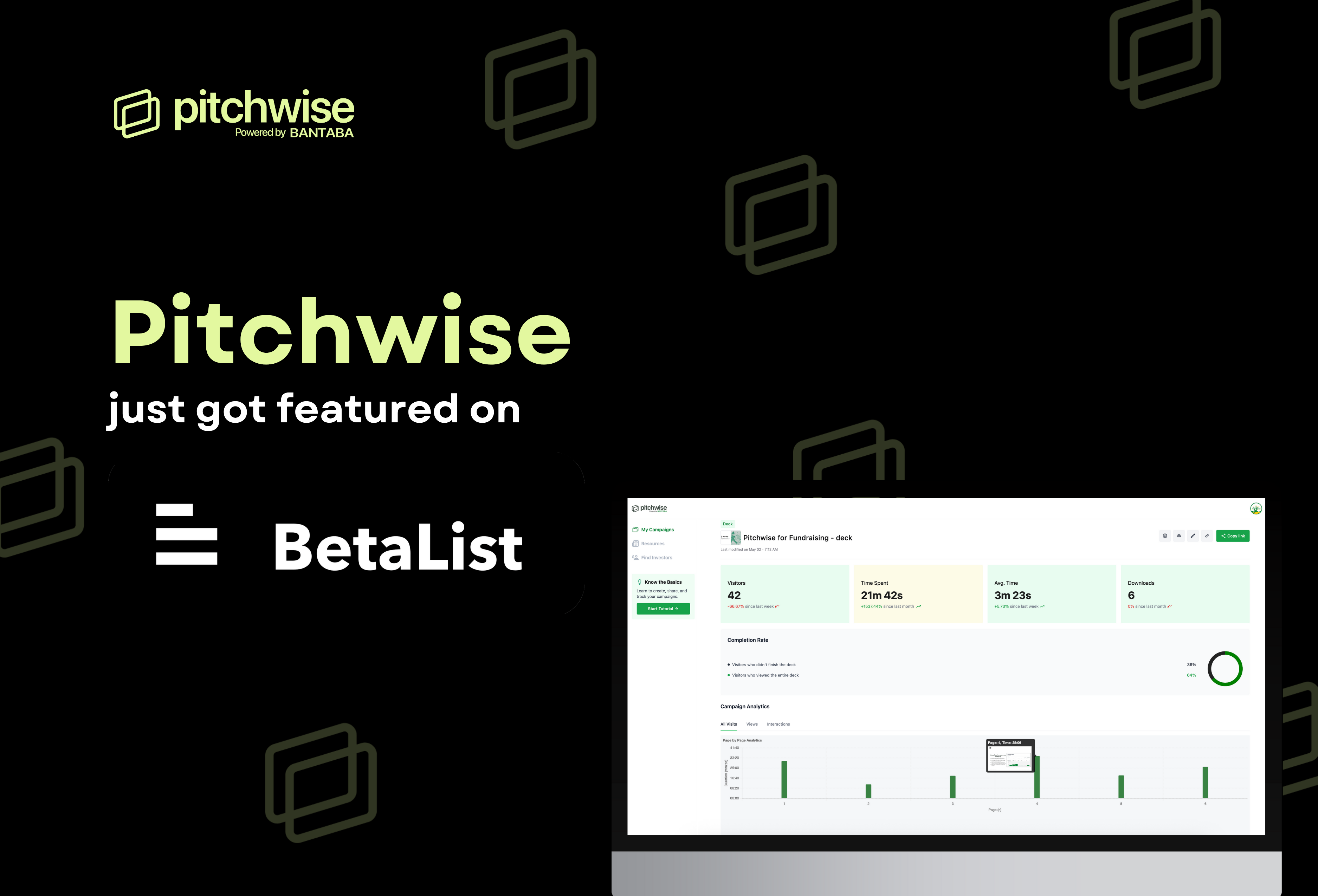



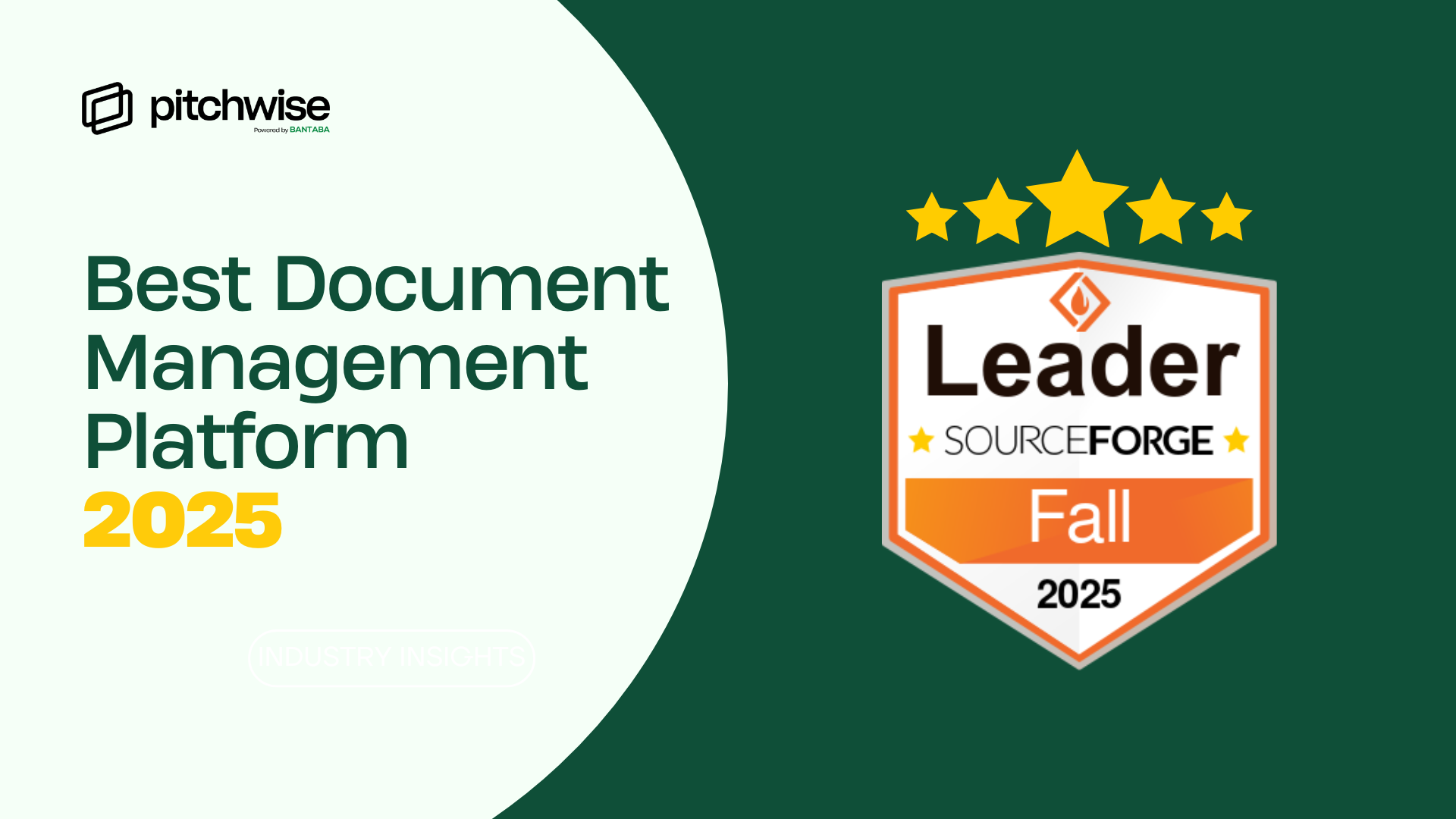
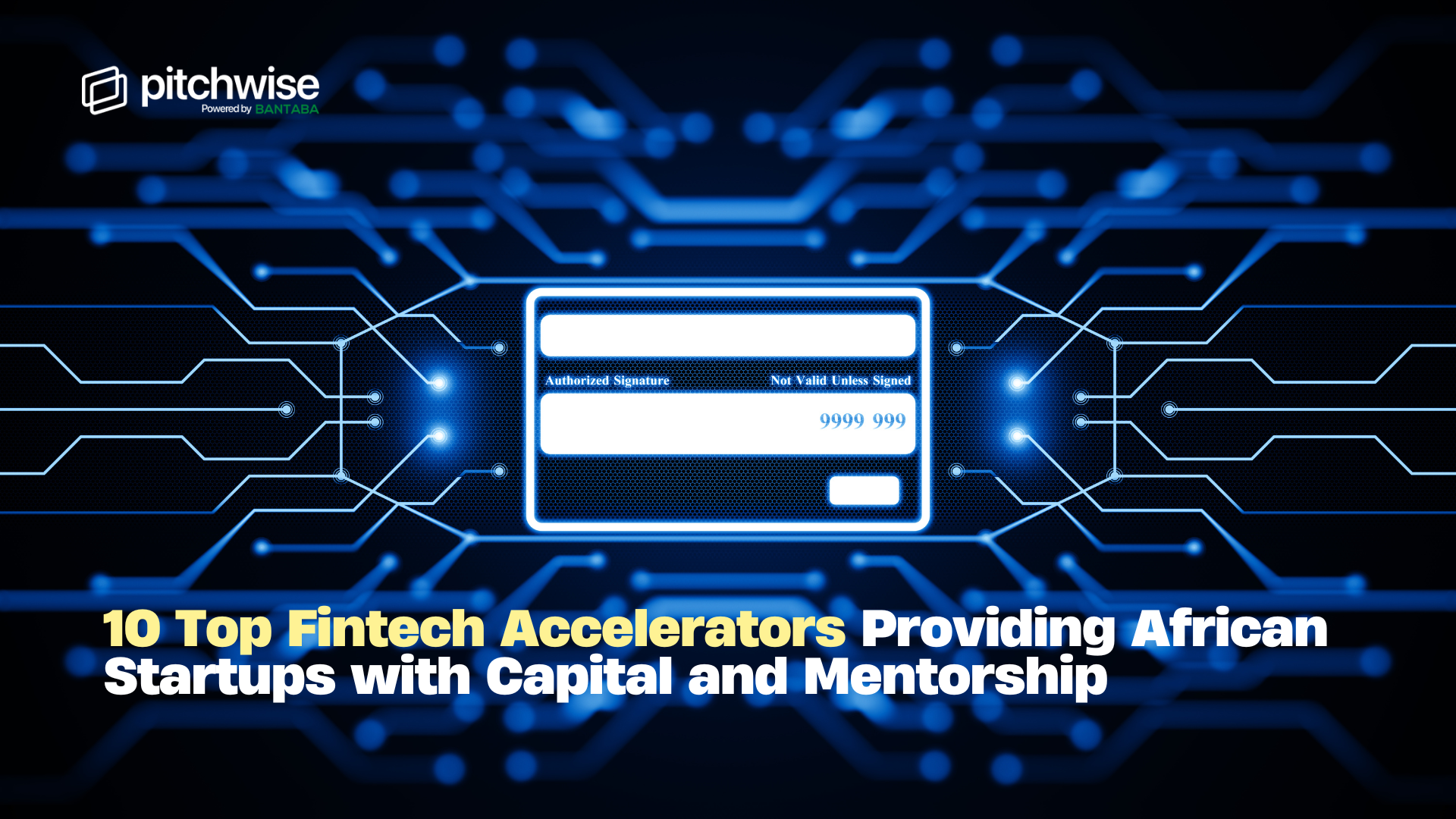
.png)
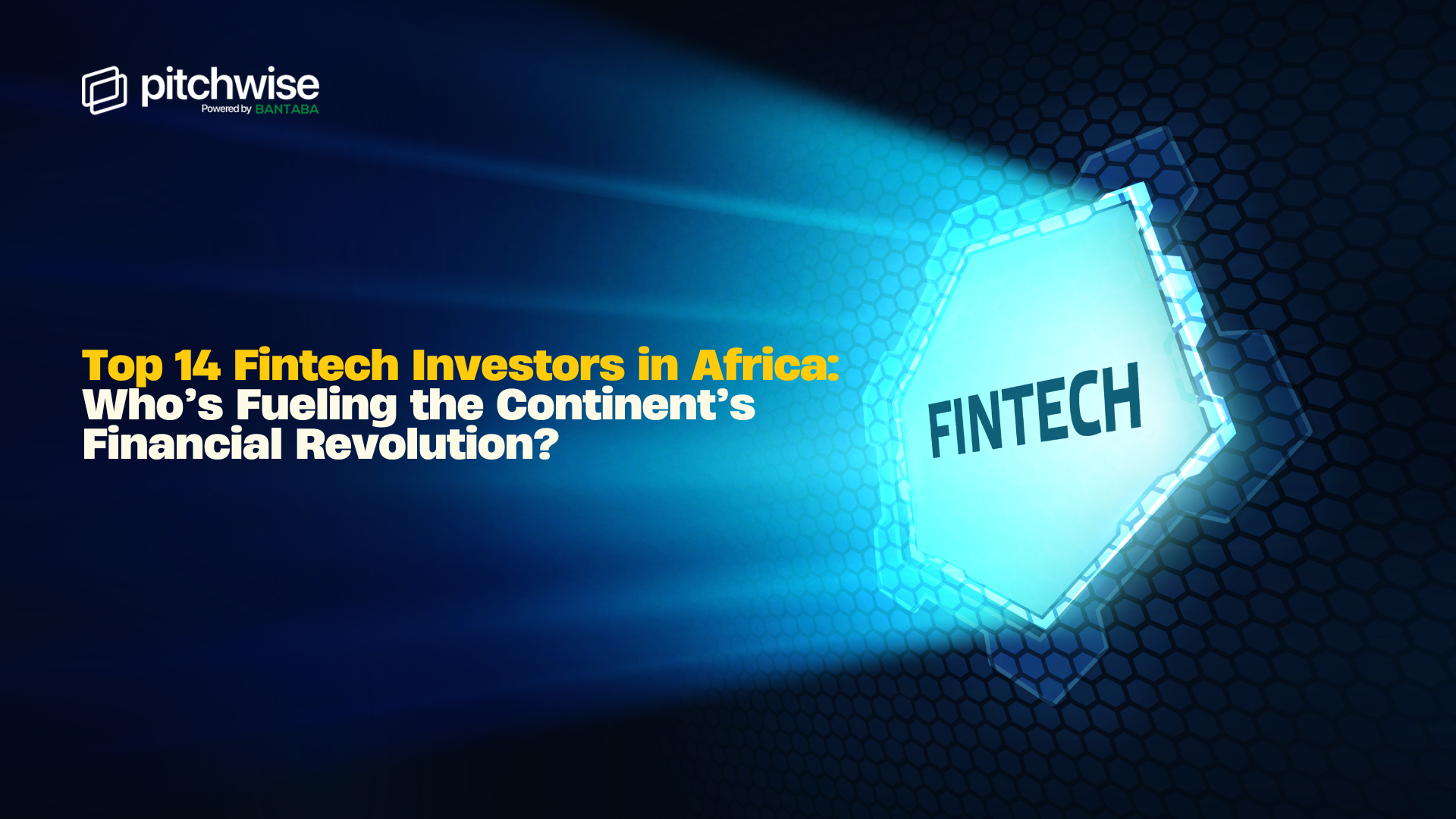
%20.png)
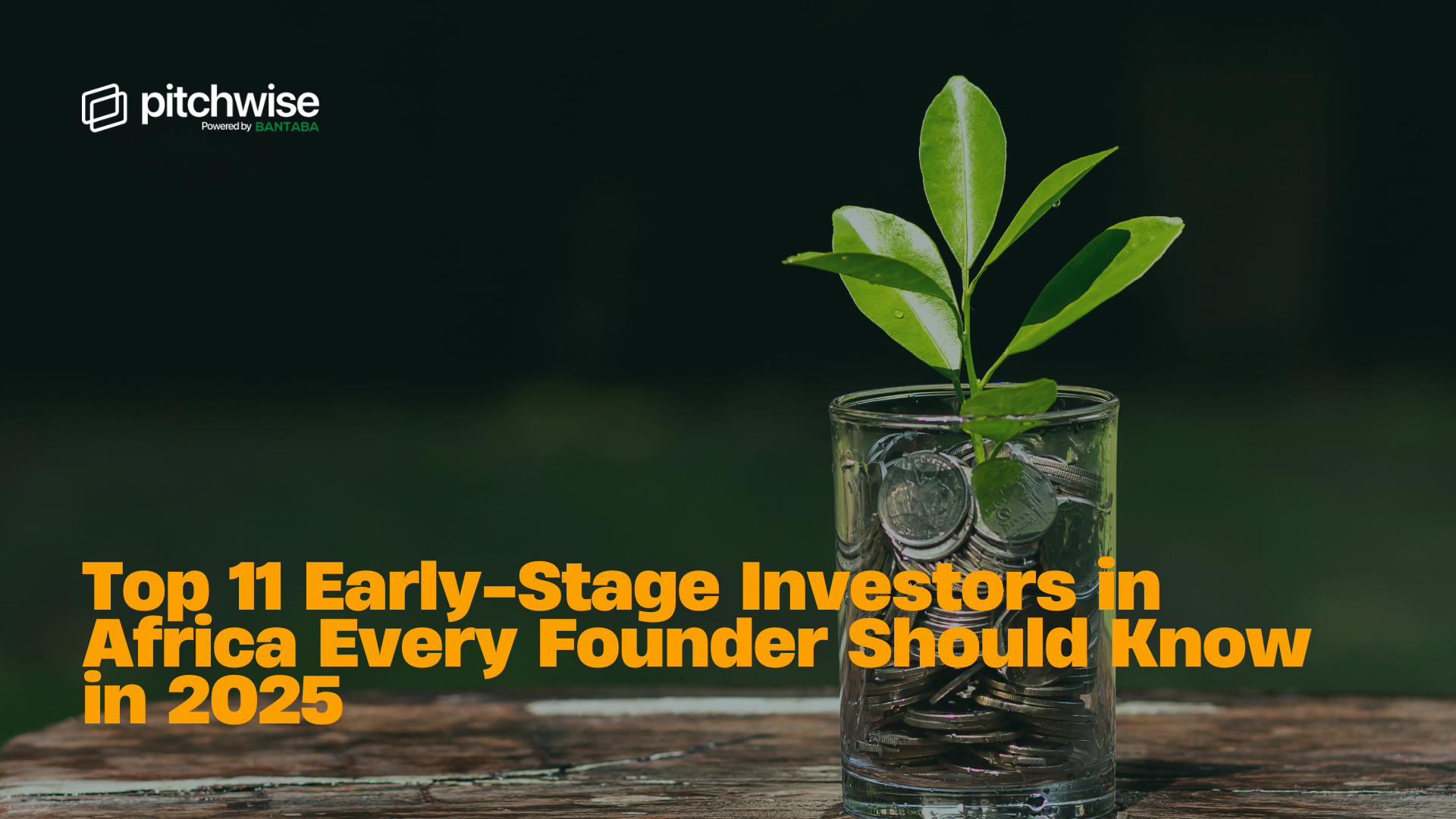
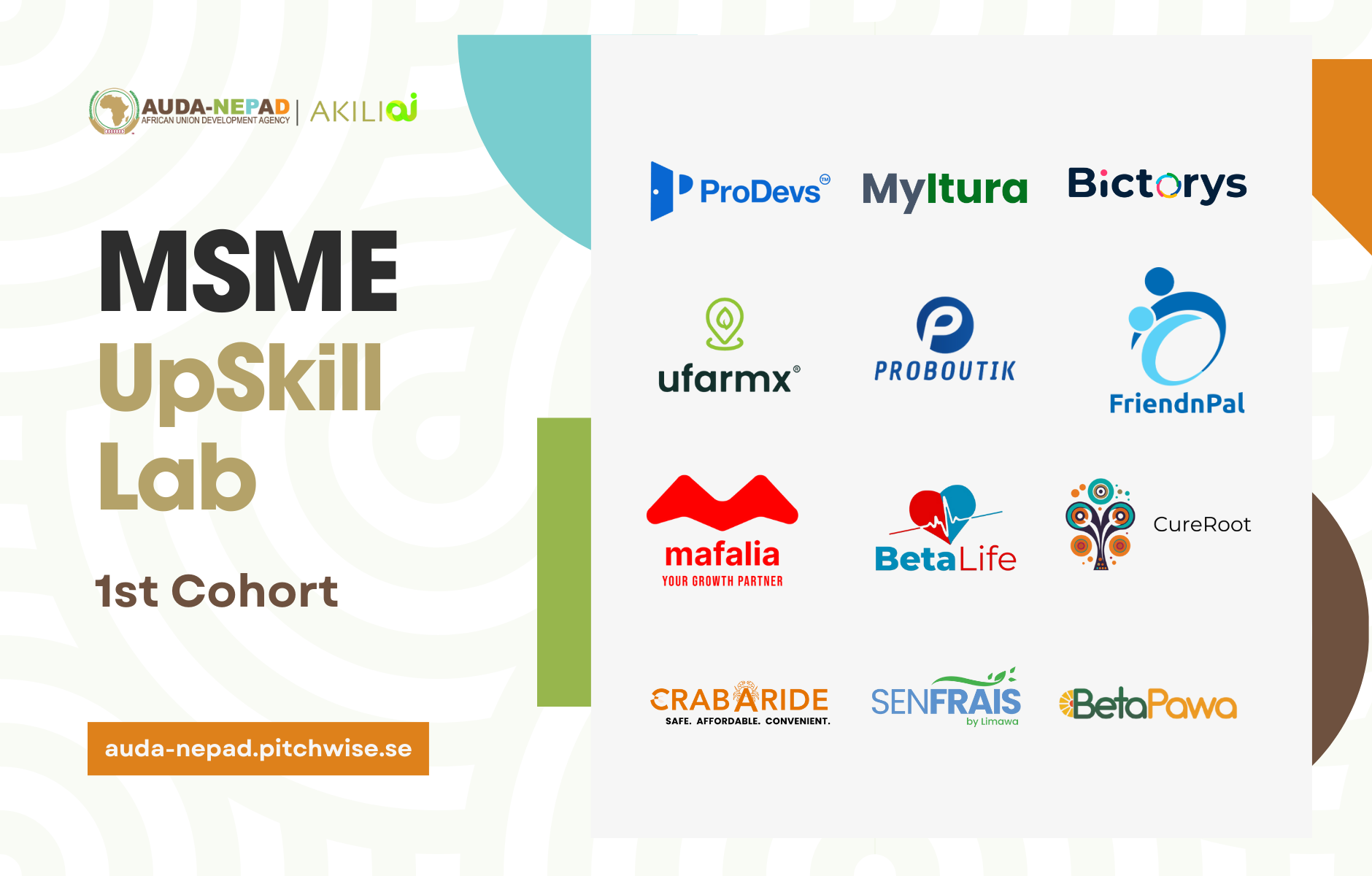





.png)
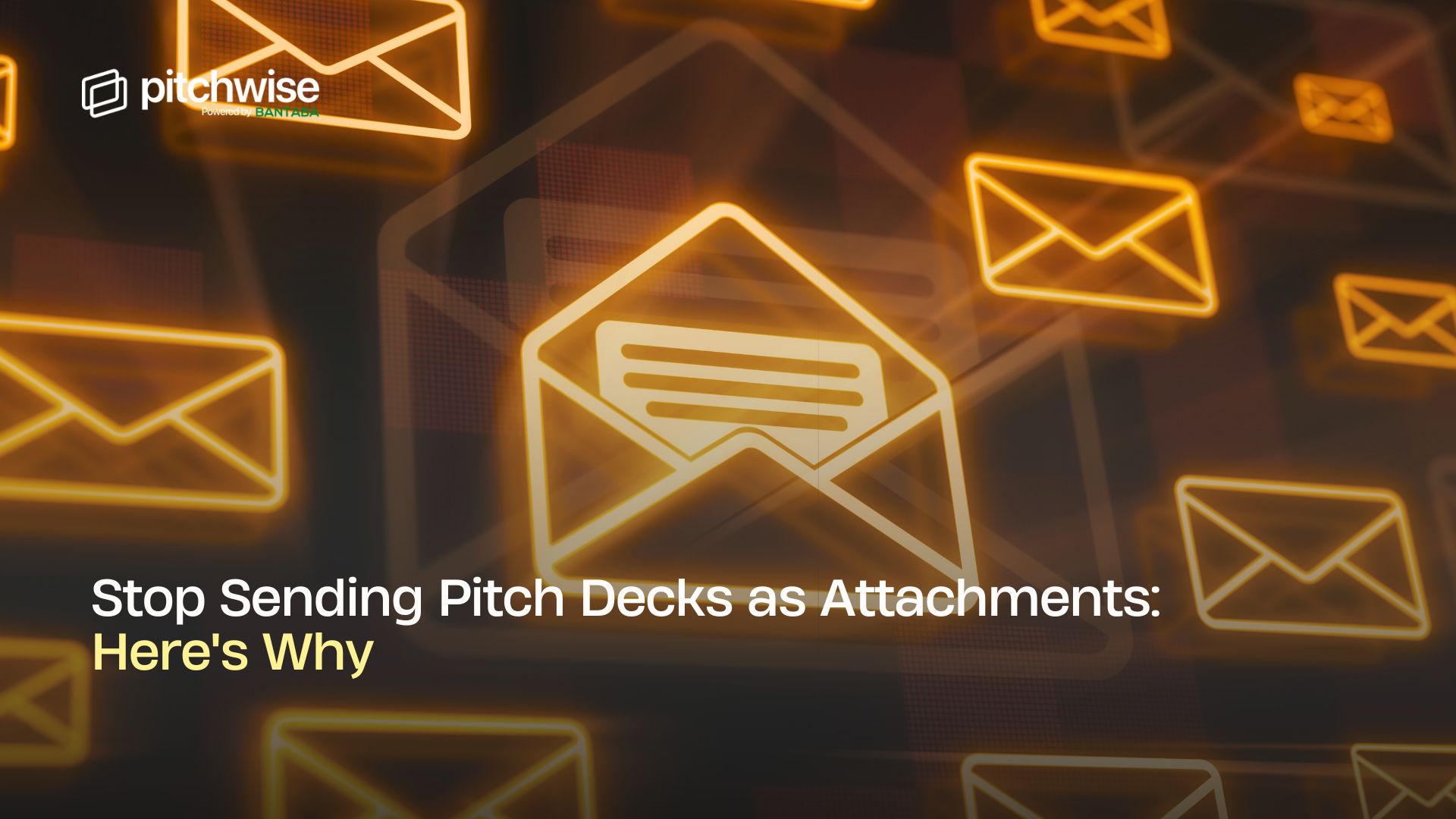

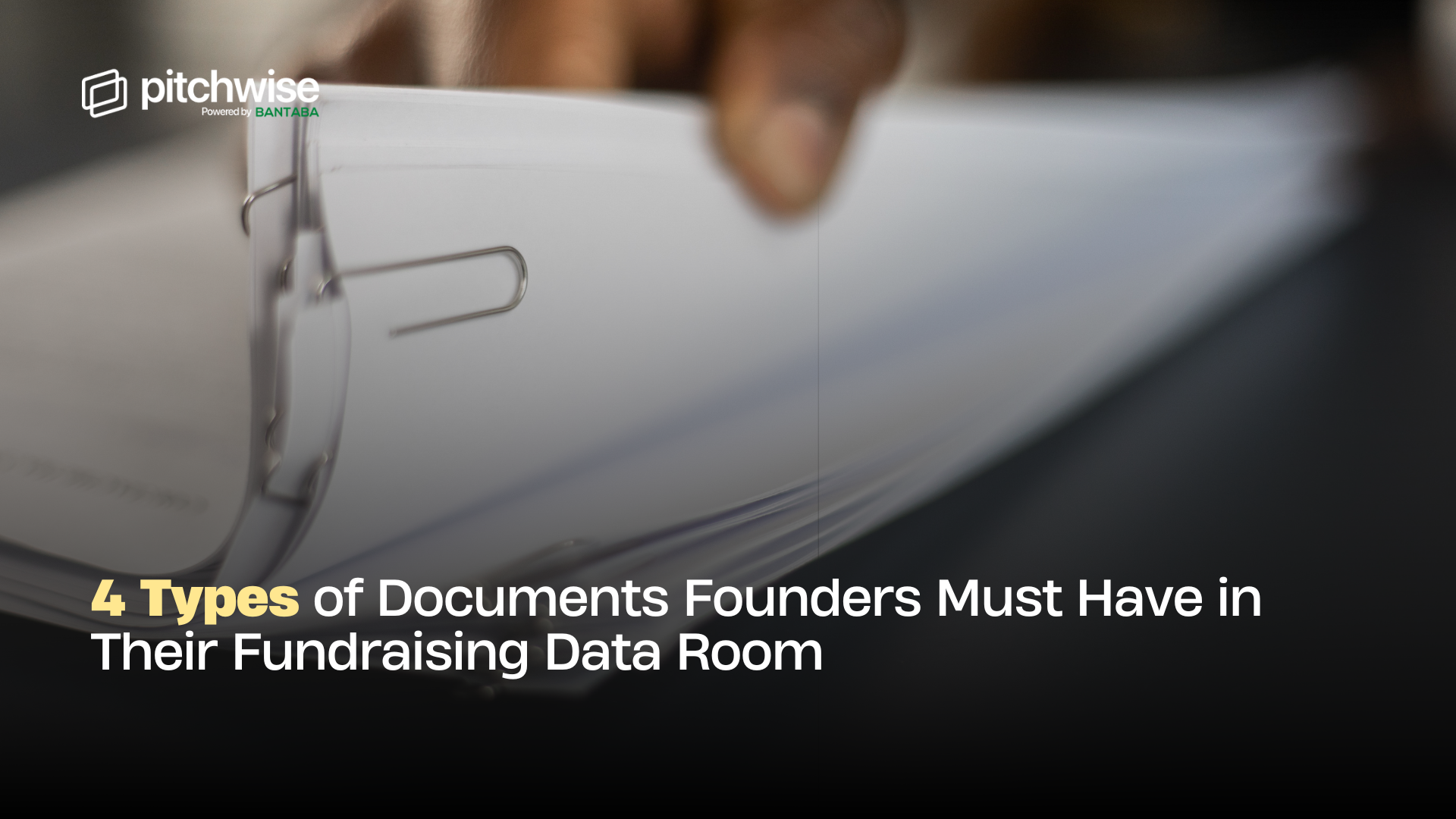
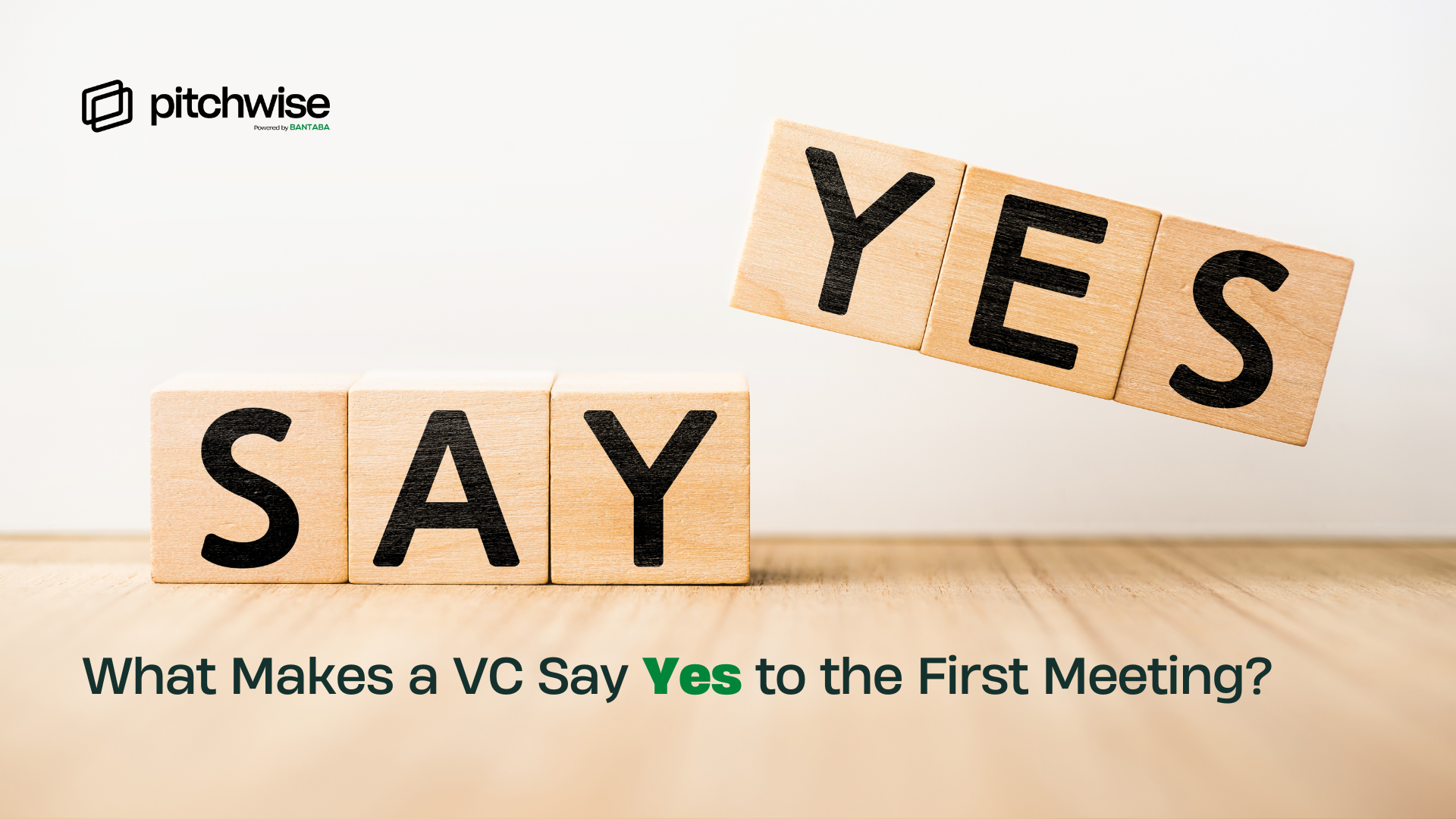
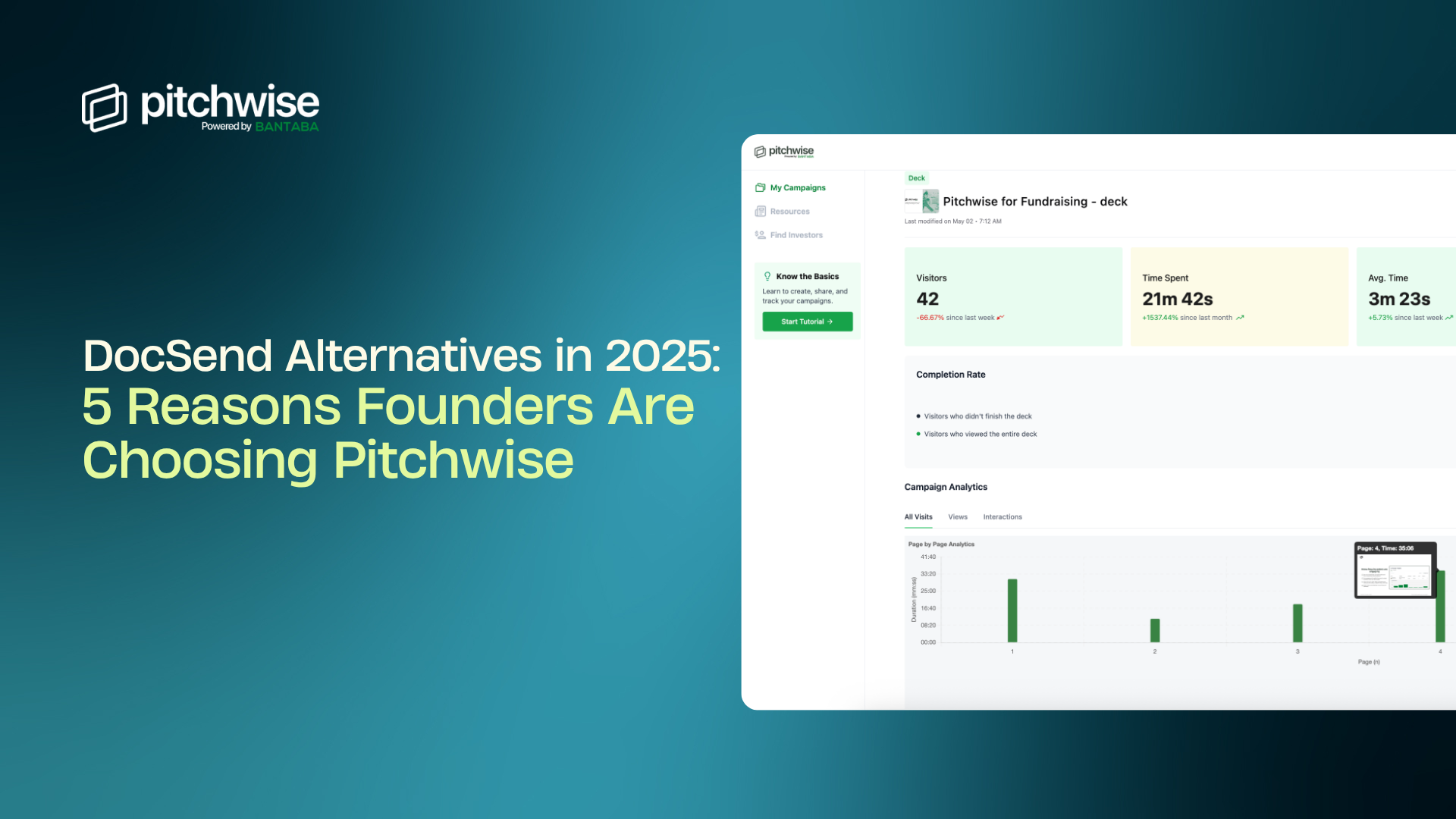
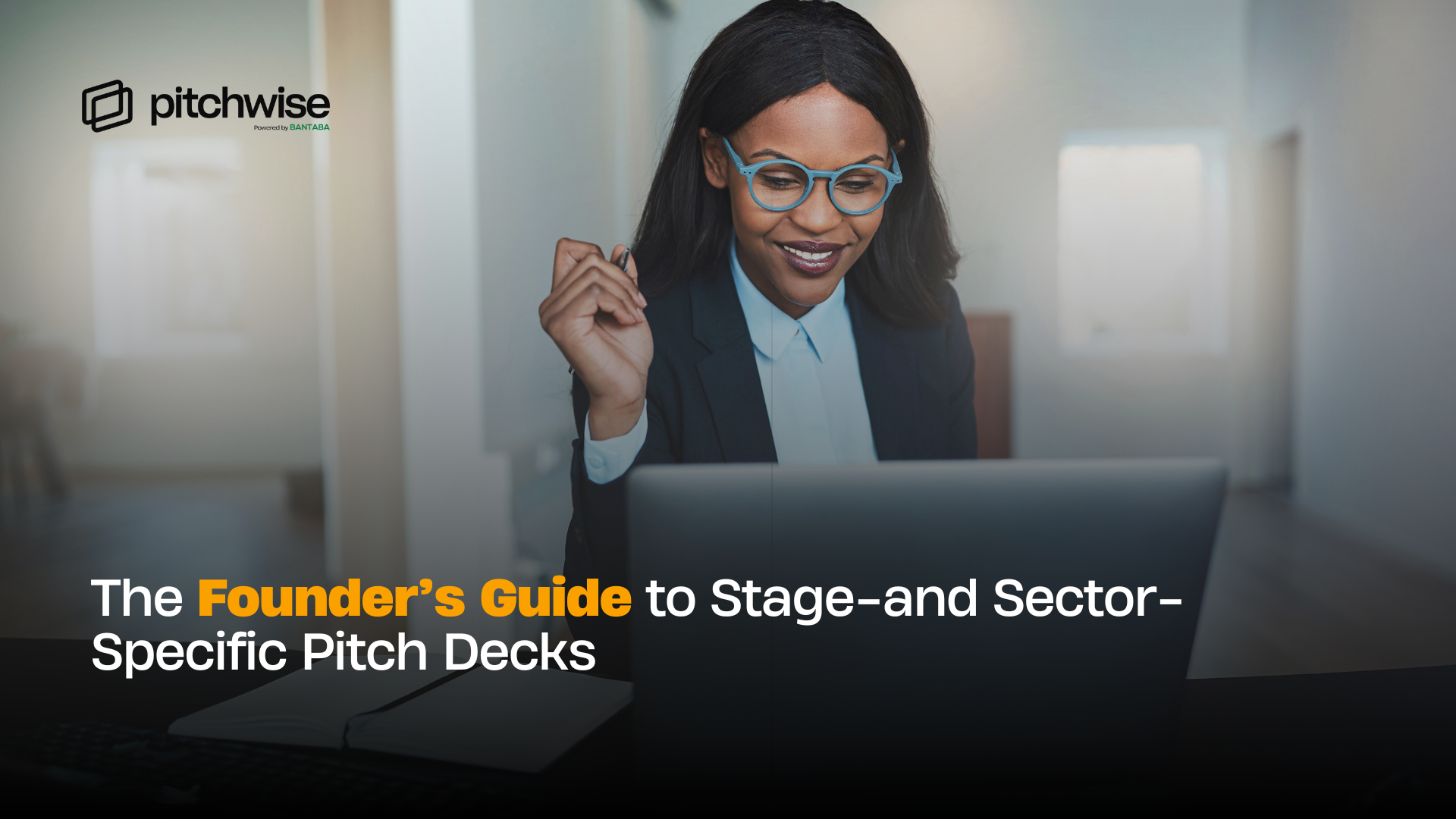









.png)

.png)



.png)
.png)


.png)
.png)



















